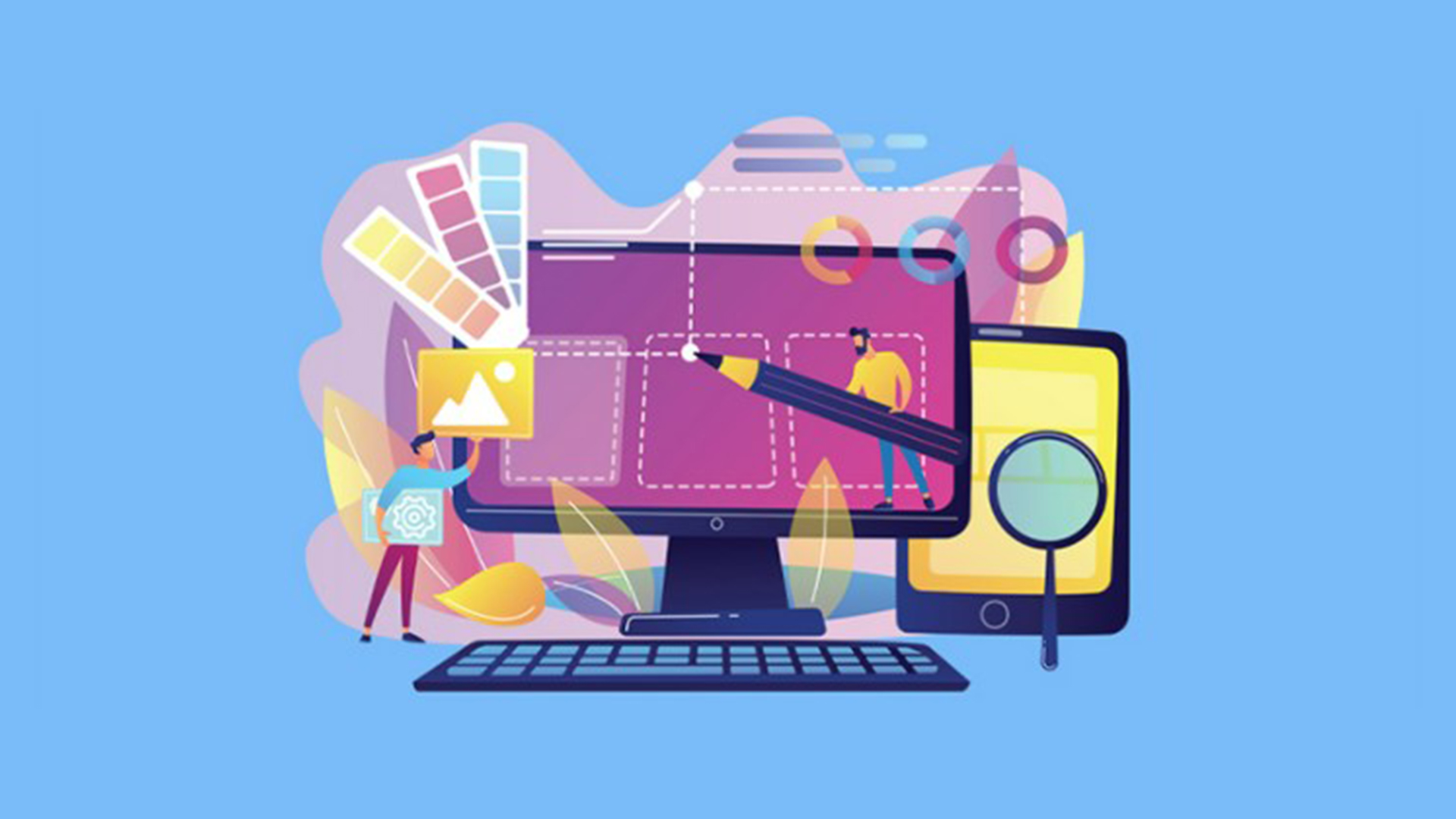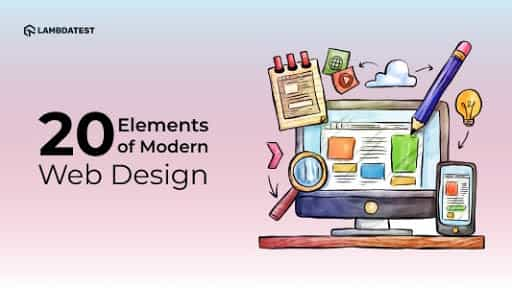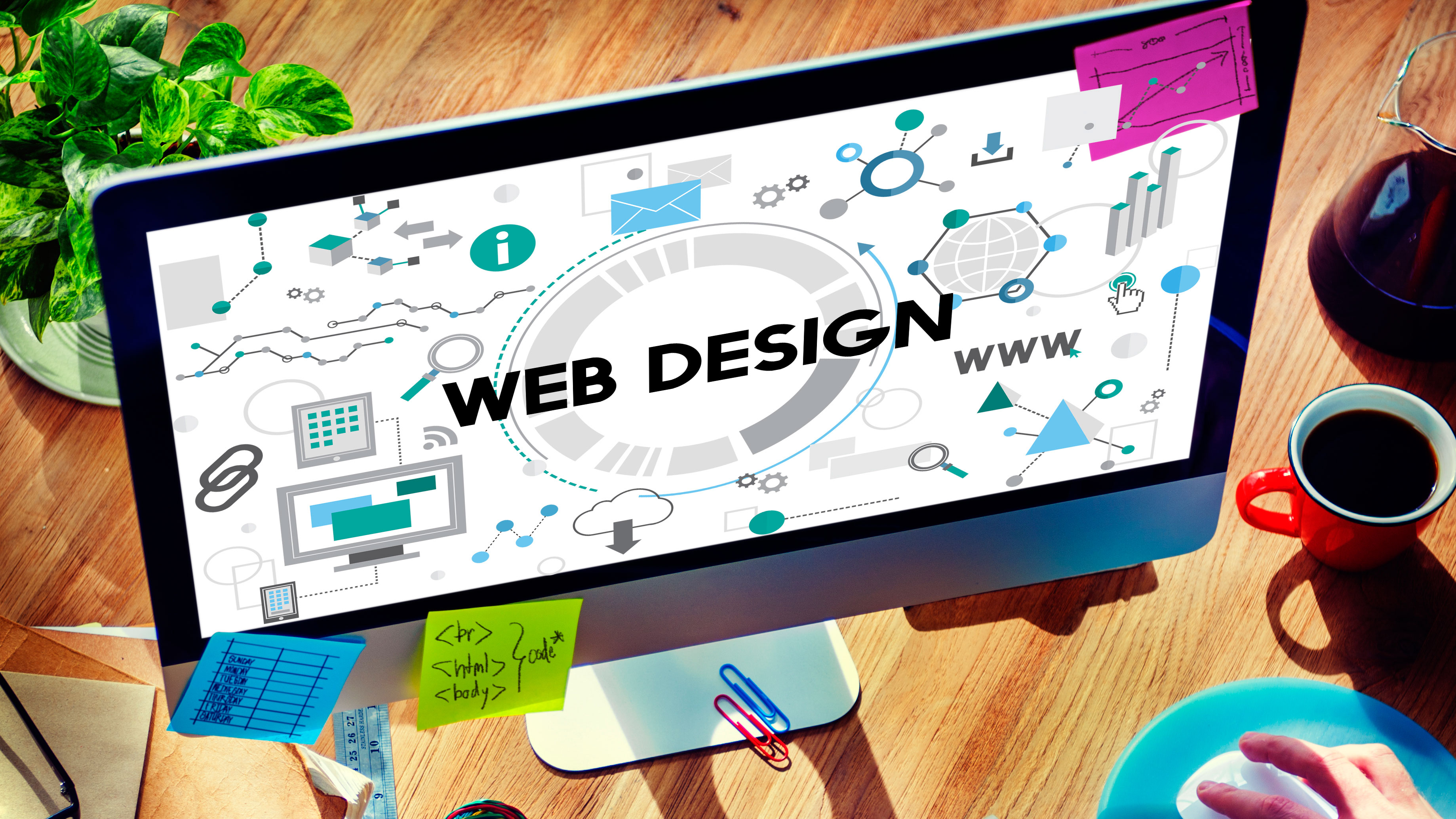All Categories
Featured
Table of Contents
- – Web Design Tools & Software - Webflow Tips and...
- – Web Designer News - The Best Curated News For...
- – Web Design Services By Freelance Website Desi...
- – Design Principles - U.s. Web Design System (U...
- – Lifted Logic: Web Design In Kansas City - Seo...
- – Web Designer News - The Best Curated News For...
- – Web Design Software By Xara Tips and Tricks:
- – 10 Principles Of Good Web Design - Smashing ...
- – Top Web Design Agencies Ranked - 2022 Review...
- – The Top Ecommerce, Website Design ... - Seat...
- – Responsive Design Best Practices - Google Se...
Web Design Tools & Software - Webflow Tips and Tricks:
Quick summary Use and the energy, not the visual design, identify the success or failure of a website. Given that the visitor of the page is the only individual who clicks the mouse and therefore chooses everything, user-centric design has developed as a standard technique for successful and profit-oriented website design - web design frederick md.
and the energy, not the visual style, identify the success or failure of a website. Since the visitor of the page is the only individual who clicks the mouse and therefore decides whatever, user-centric style has actually ended up being a basic method for successful and profit-oriented web style. If users can't use a feature, it may as well not exist.
g. where the search box should be positioned) as it has currently been carried out in a number of short articles; instead we concentrate on the techniques which, used effectively, can result in more sophisticated style decisions and simplify the procedure of viewing provided details. Please notice that you might be interested in the usability-related posts we have actually published prior to: Principles Of Great Site Style And Reliable Website Design Guidelines, In order to use the concepts effectively we first need to understand how users connect with sites, how they think and what are the fundamental patterns of users' habits.
Web Designer News - The Best Curated News For Designers Tips and Tricks:
Visitors glimpse at each brand-new page, scan a few of the text, and click on the very first link that catches their interest or slightly looks like the thing they're looking for. There are big parts of the page they don't even look at. A lot of users look for something intriguing (or beneficial) and clickable; as quickly as some appealing candidates are found, users click.
If a page provides users with high-quality content, they want to jeopardize the material with advertisements and the design of the website. This is the factor why not-that-well-designed sites with top quality material get a great deal of traffic over years. Material is more vital than the design which supports it.

Users do not check out, they scan. Notice how "hot" locations abrupt in the middle of sentences. This is normal for the scanning process. Extremely basic principle: If a website isn't able to satisfy users' expectations, then designer failed to get his job done effectively and the company loses cash. The greater is the cognitive load and the less instinctive is the navigation, the more prepared are users to leave the site and search for options.
Web Design Services By Freelance Website Designers - Fiverr Tips and Tricks:
Neither do they scan website in a linear fashion, going sequentially from one site section to another one. Rather users satisfice; they pick the very first affordable alternative. As soon as they find a link that appears like it may result in the goal, there is a great possibility that it will be immediately clicked.
It does not matter to us if we understand how things work, as long as we can utilize them. If your audience is going to act like you're designing signboard, then style excellent billboards." Users wish to have the ability to manage their browser and depend on the constant information presentation throughout the website.
If the navigation and site architecture aren't instinctive, the number of enigma grows and makes it harder for users to comprehend how the system works and how to obtain from point A to point B. A clear structure, moderate visual ideas and easily recognizable links can assist users to discover their path to their objective.
Design Principles - U.s. Web Design System (Uswds) Tips and Tricks:

claims to be "beyond channels, beyond products, beyond circulation". What does it indicate? Given that users tend to explore sites according to the "F"-pattern, these 3 declarations would be the very first elements users will see on the page once it is filled. The style itself is basic and intuitive, to comprehend what the page is about the user requires to search for the answer.
When you have actually accomplished this, you can communicate why the system works and how users can gain from it. People won't utilize your web site if they can't find their method around it. 2. Do Not Waste Users' Perseverance, In every project when you are going to offer your visitors some service or tool, attempt to keep your user requirements minimal.
First-time visitors are ready to, not filling long web kinds for an account they may never use in the future. Let users explore the site and discover your services without requiring them into sharing personal data. It's not affordable to require users to get in an e-mail address to test the feature.
Lifted Logic: Web Design In Kansas City - Seo - Website ... Tips and Tricks:
Stikkit is a perfect example for an easy to use service which needs almost nothing from the visitor which is unobtrusive and reassuring. Which's what you desire your users to feel on your web website. Apparently, Termite requires more. The registration can be done in less than 30 seconds as the type has horizontal orientation, the user doesn't even require to scroll the page.
A user registration alone is sufficient of an impediment to user navigation to cut down on inbound traffic. 3. Manage To Focus Users' Attention, As sites offer both static and vibrant material, some elements of the interface draw in attention more than others do. Certainly, images are more appealing than the text simply as the sentences marked as bold are more attractive than plain text.
Focusing users' attention to particular areas of the website with a moderate use of visual elements can help your visitors to obtain from point A to point B without thinking of how it actually is supposed to be done. The less question marks visitors have, the they have and the more trust they can establish towards the company the website represents.
Web Designer News - The Best Curated News For Designers Tips and Tricks:
4. Strive For Feature Exposure, Modern web designs are generally slammed due to their approach of guiding users with aesthetically appealing 1-2-3-done-steps, large buttons with visual effects etc. From the style viewpoint these elements really aren't a bad thing. On the contrary, such as they lead the visitors through the site content in an extremely basic and user-friendly method.
The website has 9 main navigation options which show up at the very first look. The choice of colors may be too light. is a basic concept of successful user interface style. It does not actually matter how this is achieved. What matters is that the material is well-understood and visitors feel comfortable with the method they interact with the system.
Rather a rate: just what visitors are looking for. An optimum solution for efficient writing is touse short and concise expressions (come to the point as rapidly as possible), use scannable layout (classify the material, use numerous heading levels, use visual components and bulleted lists which break the flow of consistent text blocks), use plain and unbiased language (a promotion doesn't need to sound like advertisement; offer your users some reasonable and objective reason why they must use your service or remain on your website)6.
Web Design Software By Xara Tips and Tricks:
Users are hardly ever on a website to delight in the style; additionally, most of the times they are searching for the information regardless of the design - web design frederick md. Pursue simplicity instead of complexity. From the visitors' point of view, the finest website design is a pure text, with no advertisements or further material blocks matching precisely the question visitors utilized or the content they have actually been looking for.
Finch plainly provides the details about the website and gives visitors an option of choices without overcrowding them with unnecessary content. Not just does it assist to for the visitors, however it makes it possible to view the details presented on the screen.
Complex structures are more difficult to read, scan, analyze and deal with. If you have the option between separating 2 style segments by a noticeable line or by some whitespace, it's typically much better to utilize the whitespace option. (Simon's Law): the better you handle to supply users with a sense of visual hierarchy, the much easier your content will be to perceive.
10 Principles Of Good Web Design - Smashing Magazine Tips and Tricks:
The very same conventions and guidelines must be applied to all elements.: do the most with the least amount of cues and visual elements. Four significant points to be considered: simplicity, clearness, distinctiveness, and emphasis. Simpleness includes just the aspects that are essential for communication. Clarity: all elements need to be created so their meaning is not ambiguous.
Conventions Are Our Buddies, Standard design of site aspects doesn't lead to a boring web site. As they lower the learning curve, the need to figure out how things work. For example, it would be an usability problem if all websites had various visual presentation of RSS-feeds. That's not that different from our routine life where we tend to get used to fundamental concepts of how we arrange data (folders) or do shopping (positioning of items).
understand what they're anticipating from a site navigation, text structure, search positioning etc. A case in point from functionality sessions is to translate the page in Japanese (assuming your web users don't know Japanese, e. g. with Babelfish) and provide your usability testers with a job to discover something in the page of different language.
Top Web Design Agencies Ranked - 2022 Reviews - Clutch.co Tips and Tricks:
Steve Krug recommends that it's much better to, however take advantages of conventions when you don't. 10. Test Early, Test Typically, This so-called TETO-principle should be applied to every website design task as usability tests frequently supply into significant problems and issues associated with an offered design. Test not too late, not insufficient and not for the wrong factors.
Some crucial points to remember: according to Steve Krug, and screening one user early in the task is much better than testing 50 near completion. Accoring to Boehm's first law, mistakes are most frequent throughout requirements and design activities and are the more expensive the later they are eliminated.
That indicates that you design something, test it, repair it and after that test it once again. There may be issues which haven't been found during the preliminary as users were practically blocked by other problems. use tests. Either you'll be indicated the problems you have or you'll be pointed to the absence of significant design flaws which is in both cases a helpful insight for your task.
The Top Ecommerce, Website Design ... - Seattle Tips and Tricks:

This holds for designers. After you've worked on a website for few weeks, you can't observe it from a fresh point of view any longer. You know how it is built and for that reason you know precisely how it works you have the wisdom independent testers and visitors of your website wouldn't have.
It can be connected to other areas such as graphic style, user experience, and multimedia arts, but is more appropriately seen from a technological standpoint. It has actually become a large part of individuals's daily lives. It is difficult to think of the Internet without animated graphics, different designs of typography, background, videos and music.

During 1991 to 1993 the World Wide Web was born. Text-only pages might be seen utilizing a simple line-mode web browser. There had actually been no integrated technique to graphic design components such as images or noises.
Responsive Design Best Practices - Google Search Central Tips and Tricks:
The W3C was created in October 1994 to "lead the Web to its full potential by developing common protocols that promote its evolution and ensure its interoperability." This prevented any one business from monopolizing a propriety browser and programming language, which could have modified the effect of the Web as a whole.
As this has occurred the technology of the web has likewise moved on. There have also been substantial modifications in the way people utilize and access the web, and this has altered how sites are created.
Learn more about Lovell Media Group LLC or TrainACETable of Contents
- – Web Design Tools & Software - Webflow Tips and...
- – Web Designer News - The Best Curated News For...
- – Web Design Services By Freelance Website Desi...
- – Design Principles - U.s. Web Design System (U...
- – Lifted Logic: Web Design In Kansas City - Seo...
- – Web Designer News - The Best Curated News For...
- – Web Design Software By Xara Tips and Tricks:
- – 10 Principles Of Good Web Design - Smashing ...
- – Top Web Design Agencies Ranked - 2022 Review...
- – The Top Ecommerce, Website Design ... - Seat...
- – Responsive Design Best Practices - Google Se...
Latest Posts
Web Design Definition - Techterms Tips and Tricks:
Arch Web Design: Top-rated Web Design Agency For Saas ... Tips and Tricks:
Collaborate & Create Amazing Graphic Design For Free Tips and Tricks:
More
Latest Posts
Web Design Definition - Techterms Tips and Tricks:
Arch Web Design: Top-rated Web Design Agency For Saas ... Tips and Tricks:
Collaborate & Create Amazing Graphic Design For Free Tips and Tricks: